SUMMARY
This is AI generated summarization, which may have errors. For context, always refer to the full article.
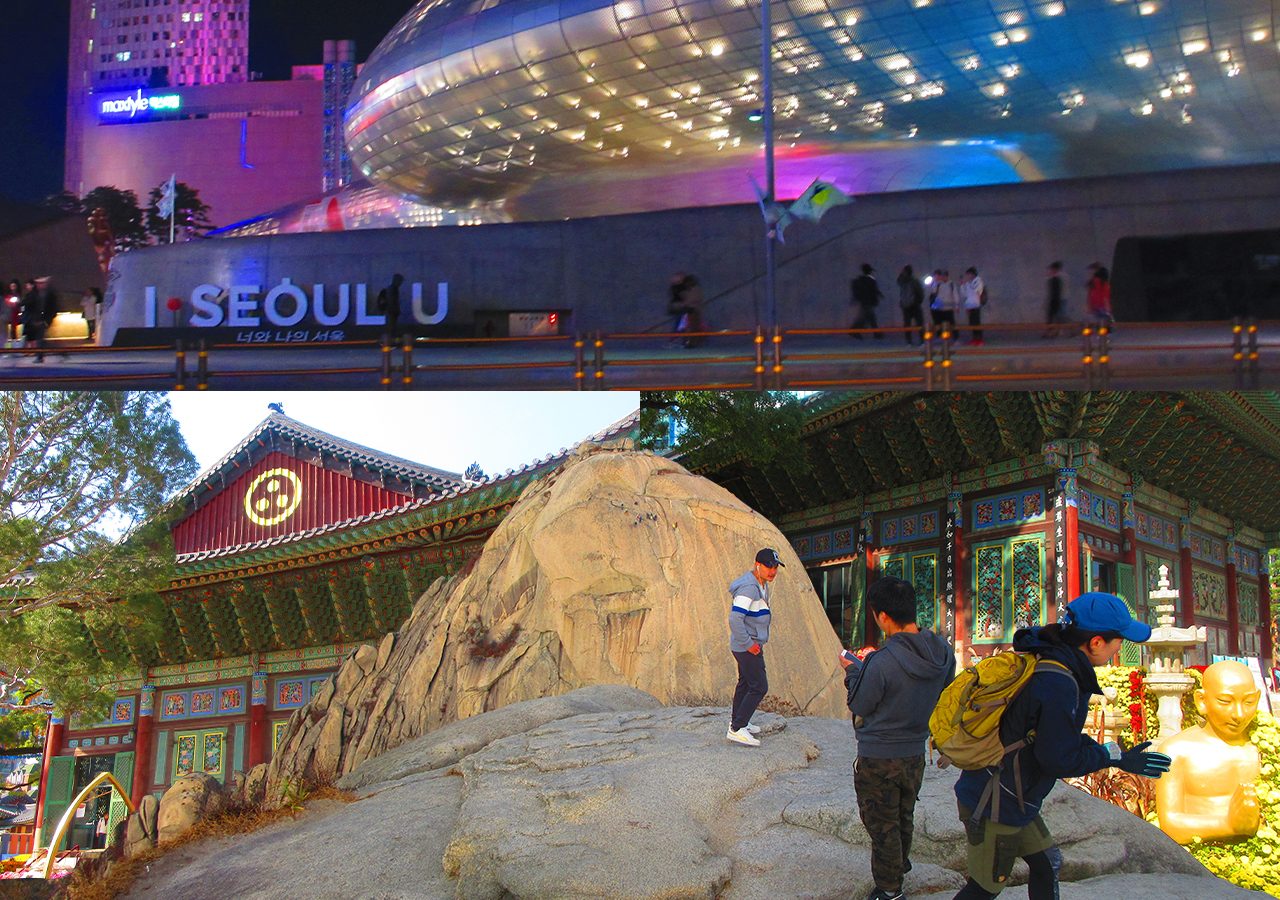
It took a while for South Korea to ease its COVID restrictions, but now tourists can enter this vibrant country again. Whether you’re a K-drama/pop/movie fan or not, the country has plenty to offer. Seoul is a bustling city that mixes the old and new. The country’s capital is home to more than 9 million people and has everything you’re looking for in a tourist destination. Explore its ancient palaces and forts, see traditional houses, eat samgyup, and enjoy all that an eclectic city has to offer. It can also serve as a hub for day trips to nearby interesting destinations.
Check South Korea’s Embassy in the Philippines for updates about COVID entry rules here.
Getting a visa
You’ll need a visa to enter Korea and travel on your own; however, there are exceptions which allow you to visit South Korea without a visa. Filipinos need to fly in and out of Yangyang International Airport with a tour package booked through a designated travel agency. Filipinos can also enter Jeju Island visa-free as long as it’s also their point of entry and exit.
If you’re planning to get a visa, here are the general requirements:
- Application form
- 1 piece passport-size colored picture
- Original passport
- Photocopy of passport bio page (page 2)
- Original and photocopy of valid visa/s and arrival stamps to OECD member countries for the past 5 years (if applicable only)
- Original personal bank certificate (must include account type, current balance, account opening date, ADB)
- Bank statement (original or certified true copy for the last 3 months)
- Photocopy of ITR (Income Tax Return) or Form 2316
Requirements vary depending on your category. You can check out the embassy’s site here to learn which category you’re under.
The embassy has also announced that applicants must schedule an appointment online. Read more announcements here.

Get into Seoul
There are regular flights from Manila to Seoul whether you book a ticket with Cebu Pacific or Philippine Airlines. Flights are cheaper when you buy tickets several months in advance. You won’t exactly arrive in Seoul once in South Korea; you’ll arrive in Incheon. It’s convenient to get to Seoul from the airport because of the options you have by taxi, train, or bus.
By train
You have the option to take the AREX (airport railroad express) or the all-stop train from Incheon to Seoul. The former goes directly to Seoul Station for around KRW9,500 (adult ticket) and KRW7,500 (child ticket) while the latter costs KRW4,150 to KRW4,750 depending on whether you depart from Terminal 1 or 2.
By bus
The airport bus is an affordable option. The fare from Incheon Airport costs up to KRW15,000 depending on the location of your accommodation in Seoul.
By taxi
A taxi is a convenient but expensive option, especially if you arrive late at night or don’t want the hassle of carrying all your luggage through public transportation. Fare costs around KRW44,000+++ depending on where your accommodation is. There is also a fare difference if you use a regular or deluxe/jumbo taxi.

Get around Seoul
Seoul is a megacity that can get confusing to explore, especially if it’s your first time. However, it’s easy to get from one place to another because of the extensive public transportation network of buses and trains. I used a Tmoney card (equivalent to our own stored value card) whenever I used the subway and a few buses. It costs around KRW2,500 and you can top it up with load whenever you need it. Alternatively, you can purchase a Discover Seoul Pass which has 24-, 48- and 72-hour options. The passes cost KRW39,900, KRW55,000, and KRW70,000 respectively. The pass also functions as a Tmoney card you can use for public transportation, and comes with additional perks such as free or discounted entrance fees to some attractions, modes of transportation, and services in the city. Learn more or buy a pass here.

Itinerary
Seoul is a sprawling destination that can easily fill your itinerary. You could stay in the city center or venture further out to nearby places. The city’s public transportation network makes it easy to do day trips if you want a break from the metropolis.
*This itinerary assumes you start with one full day.
Day 1

Immerse yourself in Korean culture and history on your first day by visiting some of the city’s famous palaces and shrines. Visit the famous Gyeongbokgung Palace, which was the Joseon Dynasty’s main palace. Gyeongbokgung dates to 1395 and has survived wars and man-made and natural disasters. This is a popular attraction for both locals and visitors. The complex has different halls and pavilions you can explore.
Another noteworthy palace to add to your itinerary is Changdeokgung. The latter served as the “second palace” after Gyeongbokgung. It is a UNESCO Heritage Site that has influenced the country’s garden design and architecture.

Continue your palace-hopping and drop by Changgyeonggung. King Sejong had Changgyeonggung built for his father in the mid-14th century.
Editor’s note: An earlier version of this story said that it was built during the mid-15th century. This has been corrected.
If you’re still up to seeing another palace, make your way to Deoksugung.
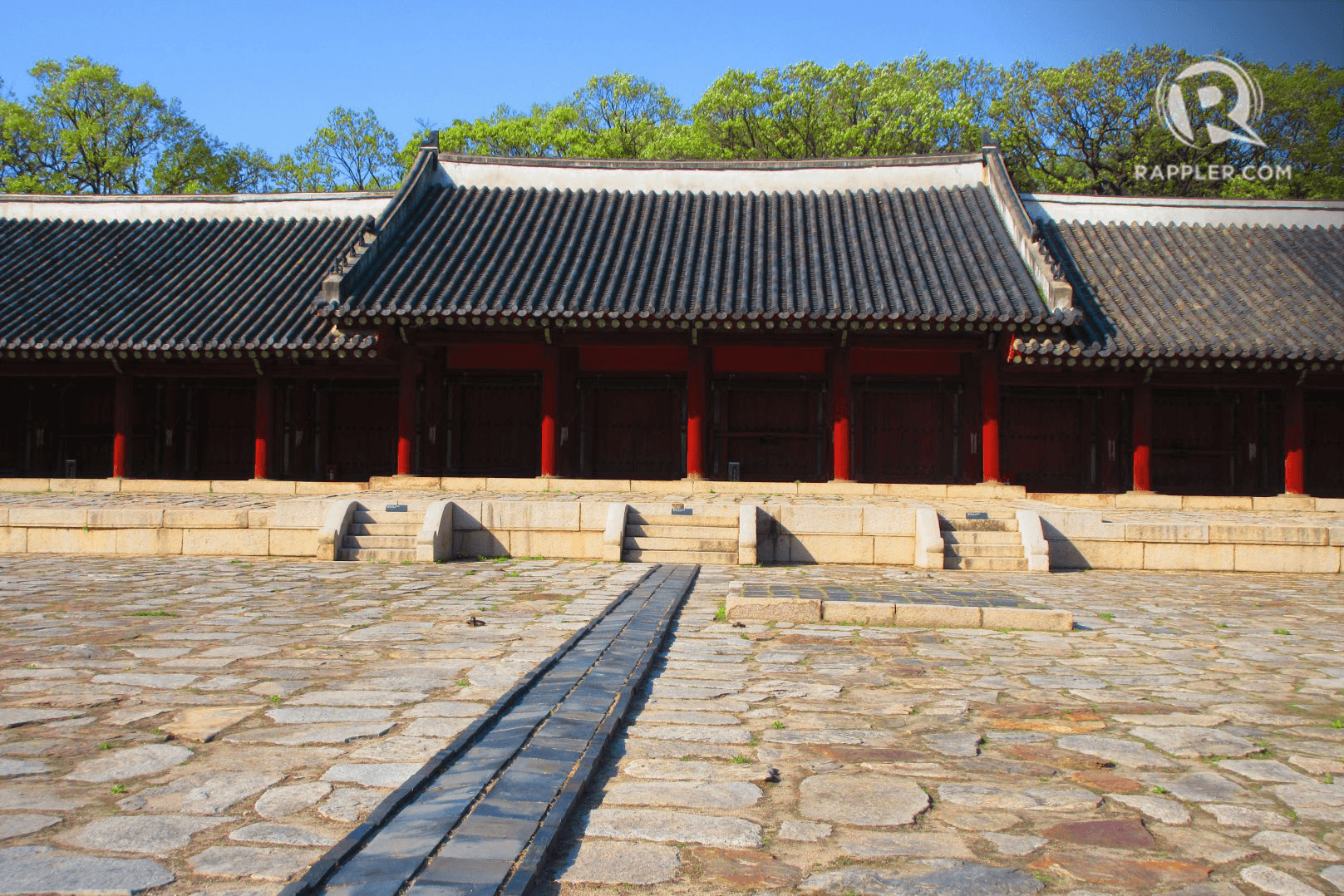
After checking out the ancient palaces, head on over to Jongmyo Shrine, a UNESCO Heritage Site. The royal family of the Joseon Dynasty used this shrine as their primary place of worship. It’s a large compound with a main hall and different buildings.
After a hectic day of sightseeing Seoul’s ancient sites, cap your day off by hanging out in one of Seoul’s entertainment, shopping, and dining district such as Hongdae, Sinchon, and Myeongdong.
Fees:
- Gyeongbokgung: KRW3,000
- Changdeokgung: KRW3,000 and KRW5,000 for the Huwon Secret Garden
- Changgyeonggung: KRW1,000
- Deoksugung: KRW1,000
- Jongmyo Shrine: KRW1,000
- Combo ticket for all the above: KRW10,000
Day 2
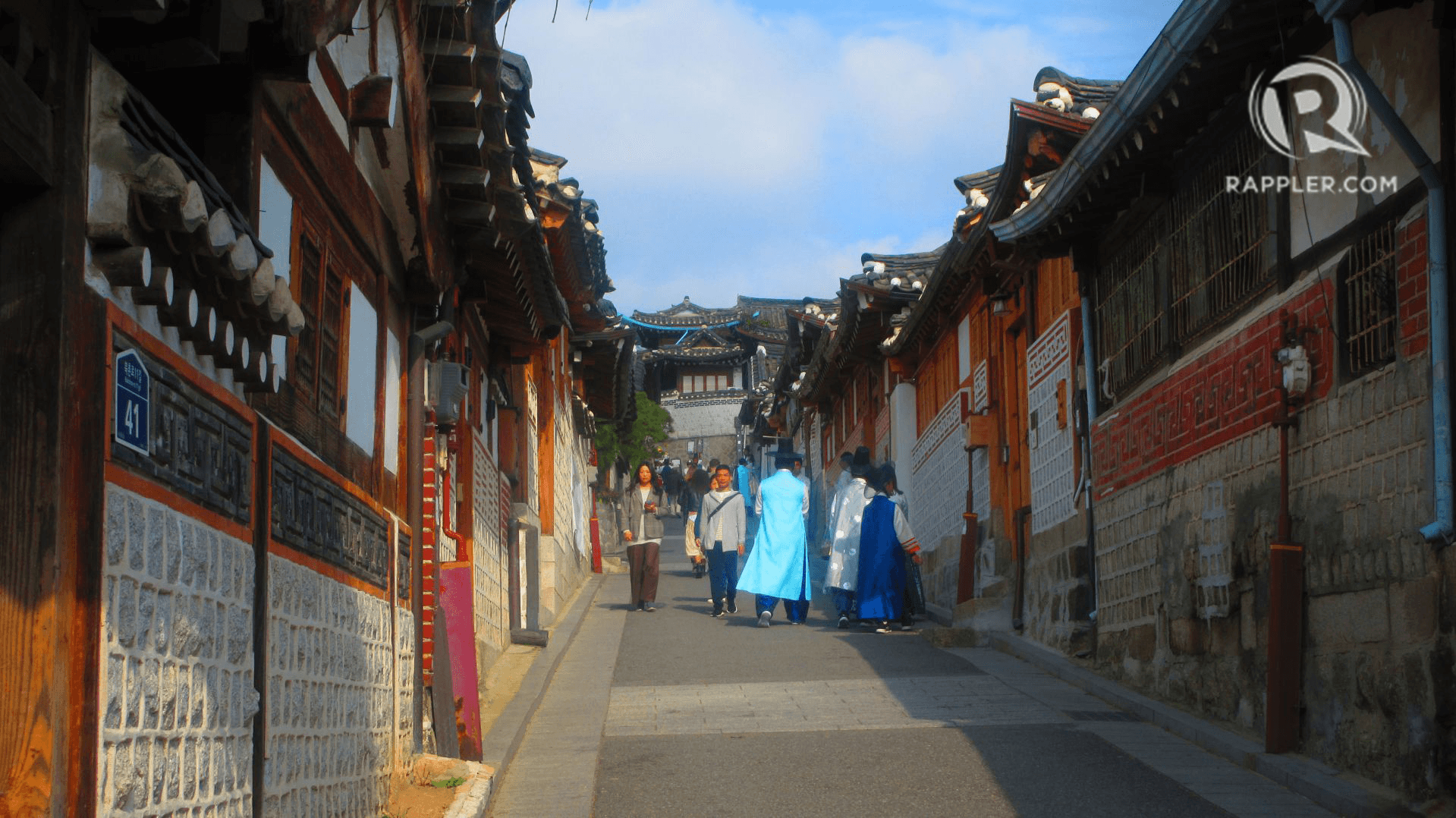
After eating breakfast, start your trip with a stop at Bukchon Hanok Village. You’ll see several traditional houses in this neighborhood. Don’t be surprised to see many tourists wearing traditional clothes walking around and taking photos with the houses as their background. There are cafes, shops, and museums if you’re interested enough to see them. Be respectful because people actually live in the houses; they’re not just for tourists.

Make your way to Insadong to get a glimpse of Korean culture and tradition. The area is home to shops that sell traditional goods, teahouses, restaurants, cafes, and art galleries. After window shopping (or actual shopping), drinking tea, and/or eating, head on over to Jogyesa Temple. The latter dates to the Goryeo period in the 14th century. It is considered as the center of Buddhism in Korea.

You might’ve worked up an appetite after all that walking. One of the best places to eat is at Gwangjang Market. Here you’ll find numerous stalls that mostly sell food. Try various Korean dishes such as bibimbap, tteokbokki, gimbap, and others.

Cap your sightseeing off with a trip to Namsan Park and go up the N Seoul Tower for bird’s eye views of the city. The observatory is a popular stop for both locals and tourists. A ticket costs KRW16,000 for adults (13 -65 years old) and KRW12,000 (12 years old and below and over 65 years old).
Day 3
Seoul is a bustling and vibrant metropolis that has plenty to offer. Spend this day exploring the different neighborhoods of the city. It’s impossible to see the major or smaller neighborhoods in just one day, but Seoul’s public transportation network makes it easy to at least get a glimpse of them. Popular places include Hongdae, Myeongdong, Gangnam, Sinchon, and Dongdaemun.
Hongdae and Sinchon are near universities which make them hotspots for nightlife and shopping for both tourists and locals alike. Sometimes you can catch street performers here (whether they’re singing or dancing) and some art exhibits.

Gangnam is a more upscale district. Myeongdong and Dongdaemun have plenty of shopping options for visitors. The pandemic has had a negative effect on these hotspots, but they’re slowly but surely recovering because of fewer and looser COVID restrictions. If you’re interested, you could visit a few museums such as the National Museum of Korea, Seoul Museum of History, and/or Seoul Museum of Art.
Day 4

Take a nature break with a day hike at Bukhansan National Park. The park has a few peaks you can climb during your visit. For this guide you can go up to Baegundae Peak (the one I went to). The peak is around 836m high with stunning views of the city and surrounding rock formations. The trail starts out easy, then once you get closer to the peak, the inclines are steeper and require more effort to climb. There are rails and platforms in some parts of the trail, which can help beginners reach the peak. I would recommend visiting during autumn because of the cold breeze and autumn colors.

Tips:
- Bring water and food so that you can eat and drink during your hike.
- The ascent and descent takes around 5 hours total, but could take longer depending on your fitness level.
- I suggest you start before 1 pm so that you’ll finish just before sunset.
- Bring a light jacket because it gets cold and windy at the top.
How to go: Take the metro and alight at Gubapal Station and leave via Exit 1. Look for the bus stop (others will most likely be going to the park as well so just follow them) and board buses 8772, 34, or 704. Alight at Bukhansanseong and just follow the crowd. Drop by the information center to get a map if you think you need one.
Day 5
Korea’s demilitarized zone or DMZ is an interesting day trip from Seoul. You’ll make your way to the border dividing North and South Korea. The DMZ was established as a buffer zone when the Korean Armistice Agreement was made in the early 1950s. Here you’ll see guard posts, an unused train station, soldiers, and exhibits showing the history of the DMZ and conflict between North and South Korea. I would recommend booking a tour if you plan to see the DMZ. Tours cost around KRW55,000-KRW60,000+++ depending on inclusions.
Day 6

Get out of the hustle and bustle of the city again with a trip to the UNESCO-listed Namhansanseong Fortress. The fort is approximately 25km from Seoul. The Joseon Dynasty rulers had the fortress built as an emergency capital. The vestiges of the walls span several kilometers. The trails are scenic with overlooking views. An ideal time to visit is in the autumn with colorful foliage and cool temperatures. The trail isn’t steep but there are gradual inclines.
How to go: It’s possible to reach the fort using public transportation; however, it could take up to two hours one way depending on traffic from Seoul. Take the metro and alight at Sanseong Station. Follow the signs that lead you to the bus stop going to Namhansanseong. Board bus 9-1 to reach the fort.
Entrance fee: KRW2,000; the hiking trails are free
Day 7
You could spend your last day shopping for whatever you want. Head back to the malls or the shops in Myeongdong, Hongdae, Ewha University, Lotte, Namdaemun, or other places in the city you’ve been to. You could hang out at the city’s parks such as Seonyudo Park, Seoullo 7017, and/or Hangang Park.
Seoul has many other attractions you could add to your itinerary. You could remove or include places on this list depending on your interests. Other destinations you might want to consider adding include: Nami Island, Everland, and Lotte World. I included some outdoor spots because I like historic and green spaces. End each day in Hongdae, Sinchon, Myeongdong, Dongdaemun, or Gangnam if you still have the energy to venture out of your accommodation after a long day trip.
How much will you spend?

You could do with a budget of roughly P2,600 a day or approximately KRW64,000 for seven full days in Seoul for one person. This includes staying in a dorm bed, eating street food with the occasional restaurant and drinking, taking a day trip to the DMZ, going up the N Seoul Tower, seeing some of the palaces and shrines, hiking, taking public transportation, and going to some of the city’s free attractions. It’s possible to spend less depending on the things you want to see and do, where you eat, and staying in the cheapest possible place you can find. Seoul is a budget-friendly destination if you know exactly how to spend your money. You could also spend as lavishly as you want if it fits your budget.
Budget tips
- Consider staying in a hostel dorm to save money on accommodation. Shared rooms are cheaper than private ones.
- Buy a combo ticket for attractions. This allows you to save money while seeing multiple attractions with one ticket purchase.
- Visit some of Seoul’s free attractions such as the National Museum of Korea, Seoul Museum of History, and Seoul Museum of Art, just to name a few.
- Eat at food stalls scattered in different parts of the city. You’ll save money eating at these spots compared to a restaurant.
- Buy a Tmoney card and take public transportation to explore the city.
- Consider getting a Discover Seoul Pass to get access to attractions, services, and shops for free or at a discount.
- Visit some of Seoul’s parks such as Seonyudo Park, Seoullo 7017, and Hangang Park.
– Rappler.com
Joshua Berida is a writer that loves to travel. He blogs at www.thewanderingjuan.net.
Add a comment
How does this make you feel?

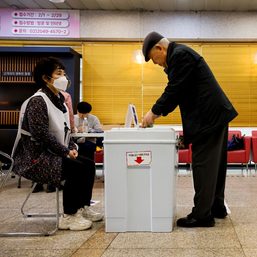
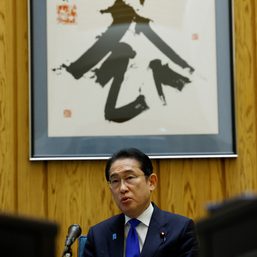

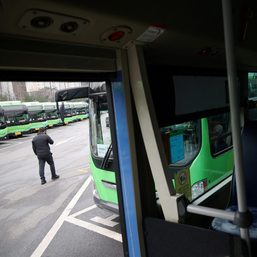
There are no comments yet. Add your comment to start the conversation.